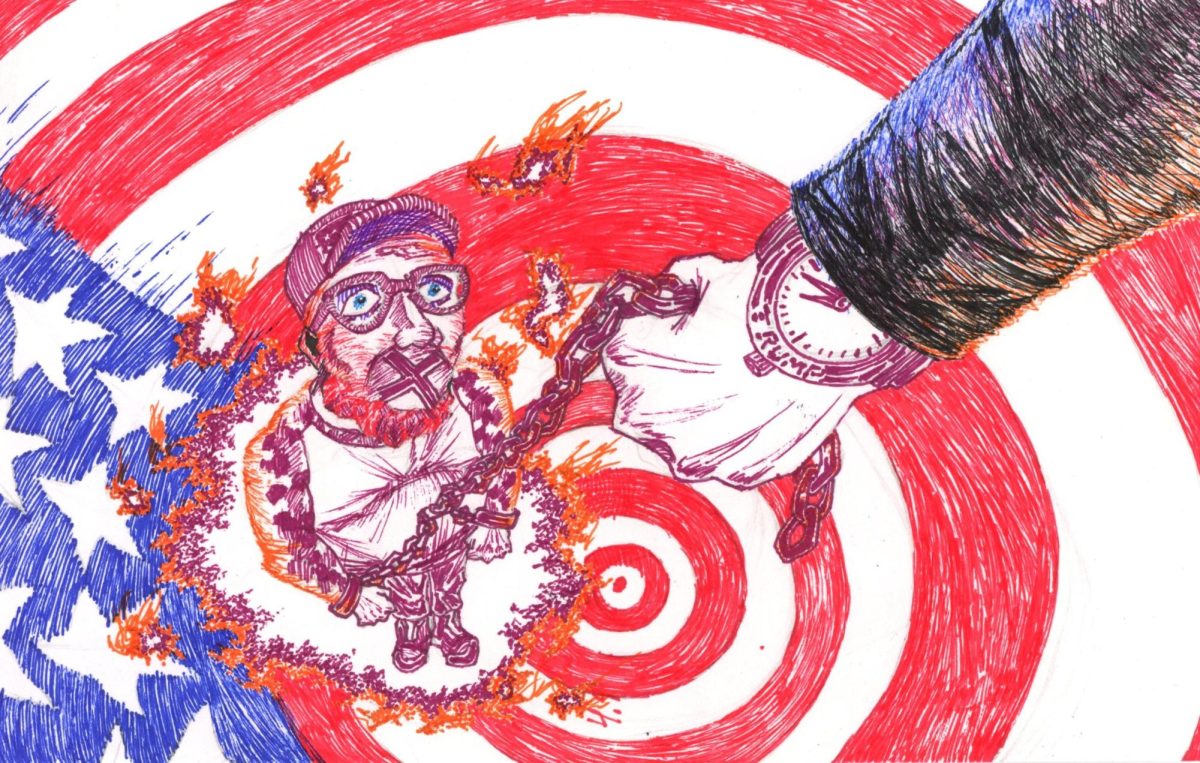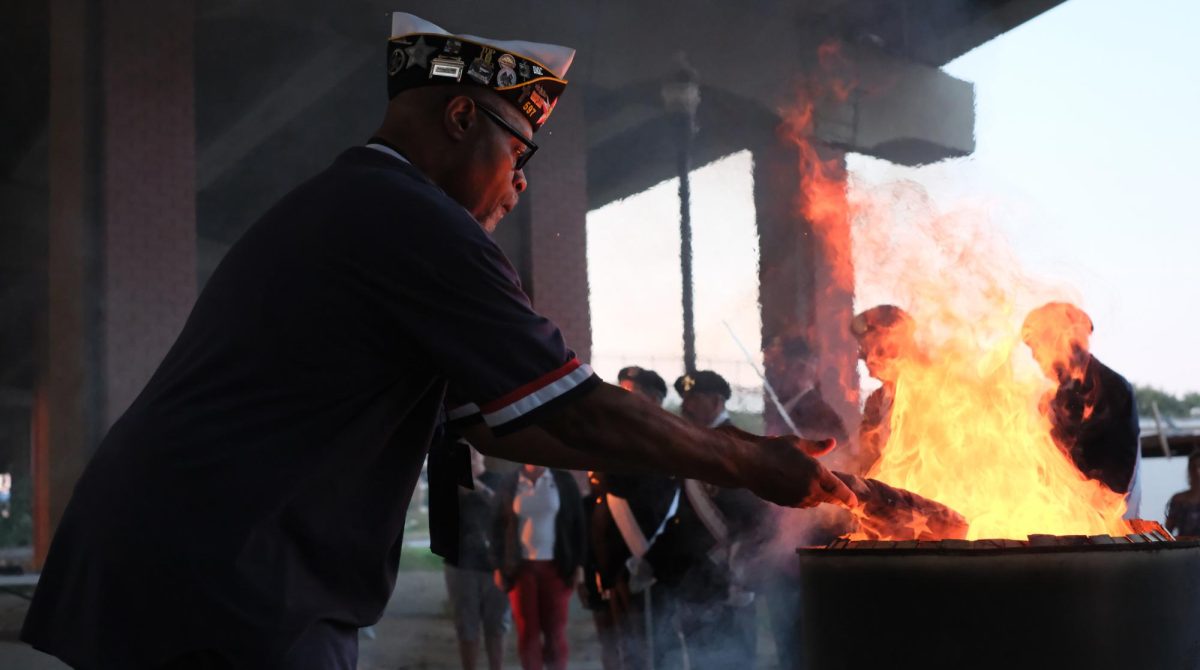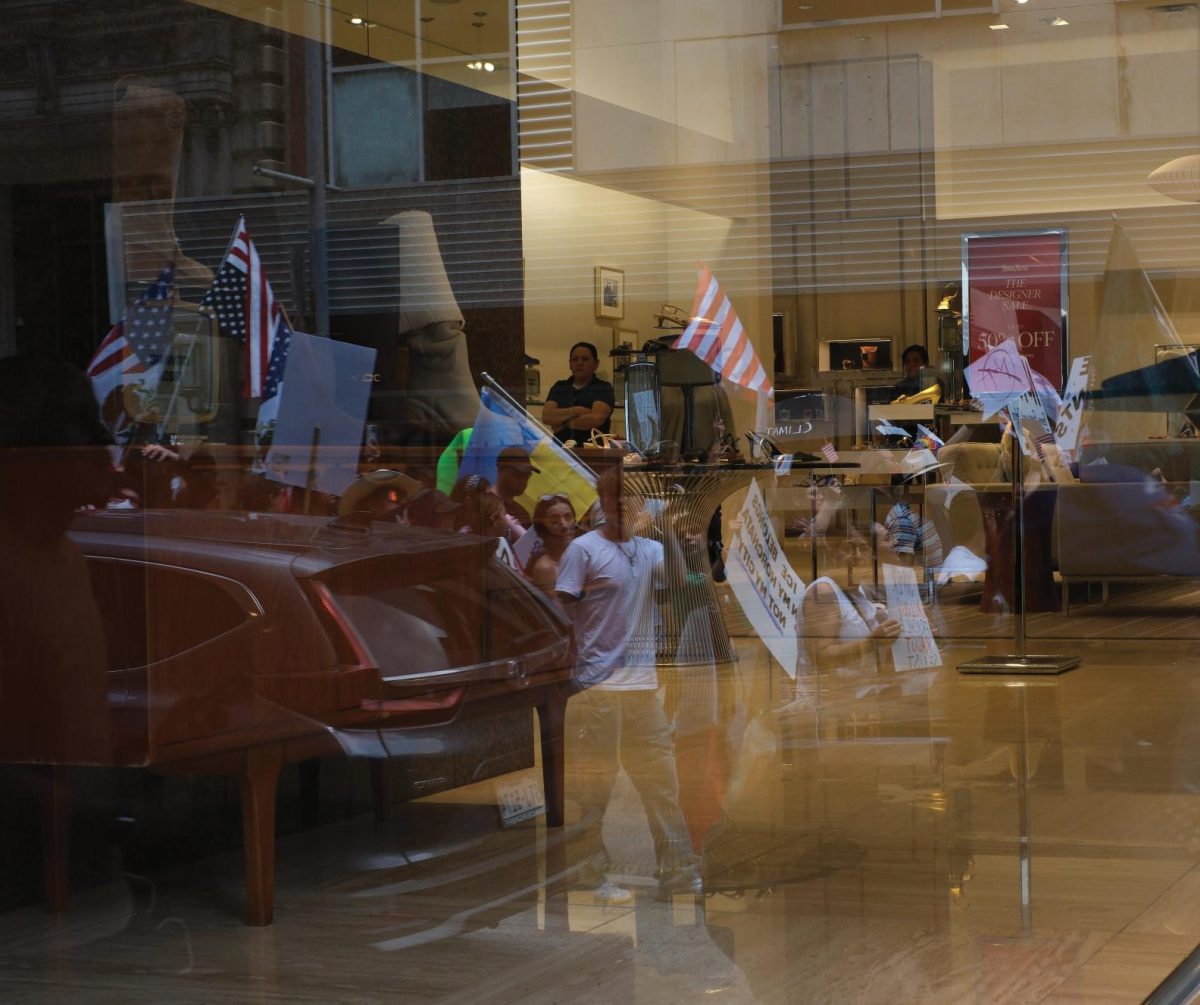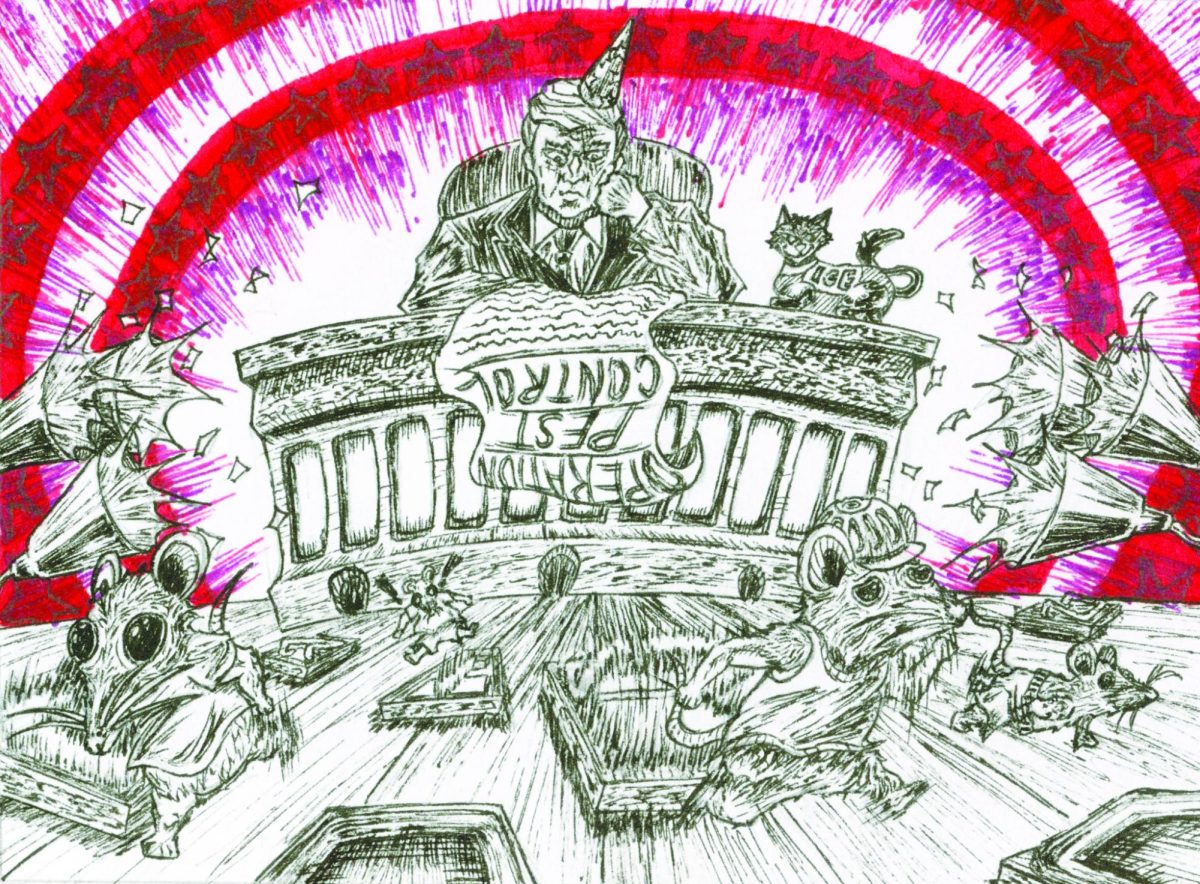President Donald Trump signed a new executive order that could jail anyone for burning the American Flag on Aug. 25, 2025. This brings into question how this affects people’s freedom of expression and reflects on our own Texas history.
Jailing someone for burning the American flag has been a topic of discussion since the 1980s. The case in question was Johnson v. Texas, filed in Dallas on March 21, 1989; however, the true origin of the case started in 1984. This case centered around a protester named Gregory Lee Johnson and how he burned a flag at an active protest during a Republican National Convention in Dallas. Some witnesses did find this offensive. This action had resulted in Johnson being convicted with desecration of a venerated object in violation of a Texas statue concluding with him being sentenced for one year and a $2000 fine. In response to this the Texas Court of Criminal Appeal pushed back with not punishing Johnson as his act of flag burning was an expressive form of speech which is protected by the First Amendment. The court would reason that the state couldn’t charge Johnson his action was a form of protected speech.
The controversy didn’t stop there as the President George H.W. Bush and members of Congress were dissatisfied with the cases closure. In response to this the Senate passed a resolution, 97-3, with the disagreement that the court protected Johnson’s act, both houses of congress held hearings to consider statutory and constitutional responses to the court. Following this in 1989 Congress adopted the Flag Protection Act, this would protect the flag in any damage, or any actions made upon it.
Protesters would burn American flags in front of the White House after this act was adopted and would be arrested. The Supreme Court would strike down this act and reason that the First Amendment still protects these actions.
Trump has now released a new executive order seeking to jail anyone for burning the American flag for any reason. The White House would release a statement that burning the American flag is a statement of contempt, hostility and violence against America. This would spark controversy as to how this can possibly risk people’s freedoms of expression. While the executive order is not a law, meaning it cannot override people’s rights, there had been an arrest as of August 2025. Veteran Jay Carey was arrested for burning an American flag outside the White House.
Carey was a combat veteran of 20 years, he showed his disagreement by burning an American flag just hours after the executive order was signed. Carey wouldn’t be arrested over the flag burning, but he would be arrested for lighting a fire in a public park. Currently there are still mixed reactions to situations such as flag burning there is the symbolic meaning as flag burning falls under freedom of expression. Professor David Griggs at Brookhaven College would point out that “everyone has the freedom to express views even if its negative.” Griggs explained that flag burning can only be halted under different laws if it’s seen as a possible threat. Burning a flag at a protest as an action of expression is one thing but burning a flag in a dry area where it can catch other things on fire or harm people is the other; similar to how Carey was arrested for making a fire in a public park because of the surrounding risks.
Others would stand back and view the flag burning as a more symbolic perspective. Alex Pena a former JROTC member, said “JROTC considered burning the flag as disrespectful or you don’t love the Americans”. Alex brings up the emotional effect “burning the flag is considered to be equivalent to burning the pride flag”.
The Trump administration still aims for the order to be put into action, however due to First Amendment rights it will most likely not become law because it risks a “totalitarian and fascist government which takes away all rights and freedoms” Griggs concluded.








